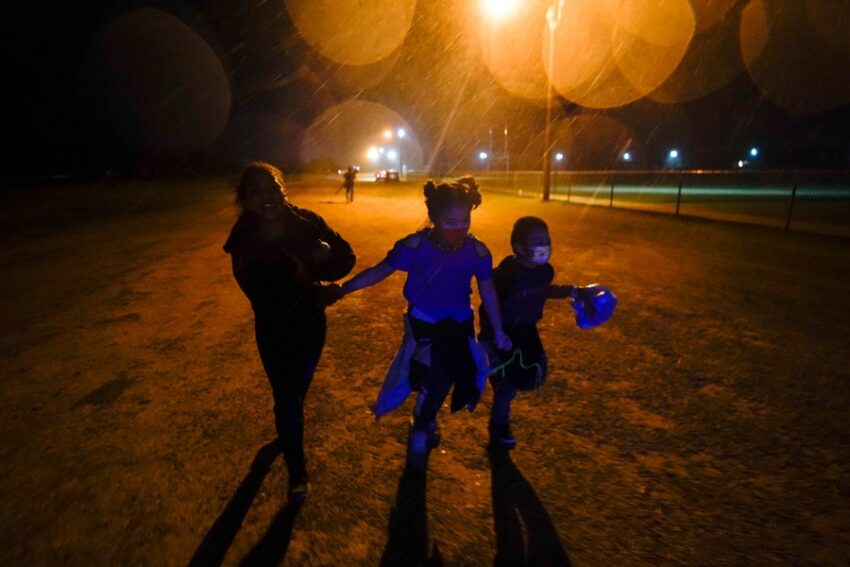EL PASO, Texas (Border Report) – Mexican officials always struggle persuading migrant families to enroll children in school for however many days or weeks they stay on the border.
Parents have told government officials they plan for their kids to attend public school once the family crosses the border into the United States. But with the Trump administration putting asylum on hold and soldiers patrolling National Defense Areas along the U.S. border, getting foreign children into a classroom has become an urgent task for educators in Juarez, Mexico.
“All children have a right to an education. We are working with UNICEF and other actors to guarantee that right,” said Rosella Yamada, executive secretary for SIPINA, a child protection agency in the northern border state of Chihuahua. “We have 355 children in school – just at the basic level – who are foreign and came to the city while migrating.”
That may seem like a lot, but officials in Juarez fear many more could be going and are not. Finding them can be a challenge but so is ensuring those who showed up for class today will return tomorrow.
“The intent is to follow through (with the families) so they stay and have the right teaching materials because they might have specific needs and languages,” she said.
Most of the migrant children in Juarez classrooms are from Venezuela and the Northern Triangle of Central America and most attend elementary schools, according to the Chihuahua Secretariat of Education and Sports.
Some as old as 10 had never set foot in a classroom, even in their native countries.
“We have identified some children that had never gone to school. That and the difficult conditions, the displacement they face on the trip, the lack of regular exercise make learning the more difficult. We have seen children 10 years old who cannot understand a sentence they read,” said Ocelohuacan Castaneda, UNICEF liaison in Chihuahua.
He said local and international partners, for starters, approach migrant families with learning kits at shelters.
Local officials then assess their learning skills to determine which grade they should attend in a Mexican school. Once there, a basic blackboard and drawings often become the main communication tool between pupil and teacher.
Yamada, the child protection agency official, said stakeholders this week met at the Migrant Assistance Center near the Paso del Norte Bridge in Juarez to discuss how to better serve migrant students.

“We need to identify specific needs, each case is unique,” she said. “This is about applying the right protocol.”
Border Report last month interviewed two migrant moms whose families became stuck in Juarez when Trump shut down asylum.
They drop off their kids at an elementary school near the Juarez Monument Park in the morning, sell wares on the street for several hours and return to pick up their children and walk to a municipal soup kitchen before going home to an apartment shared by the two families.
They still see the arrangements as temporary while waiting for Trump to change his mind or a new U.S. administration to change asylum policy.
ProVideo in Juarez, Mexico, contributed to this report.
 Read: Read More
Read: Read More




